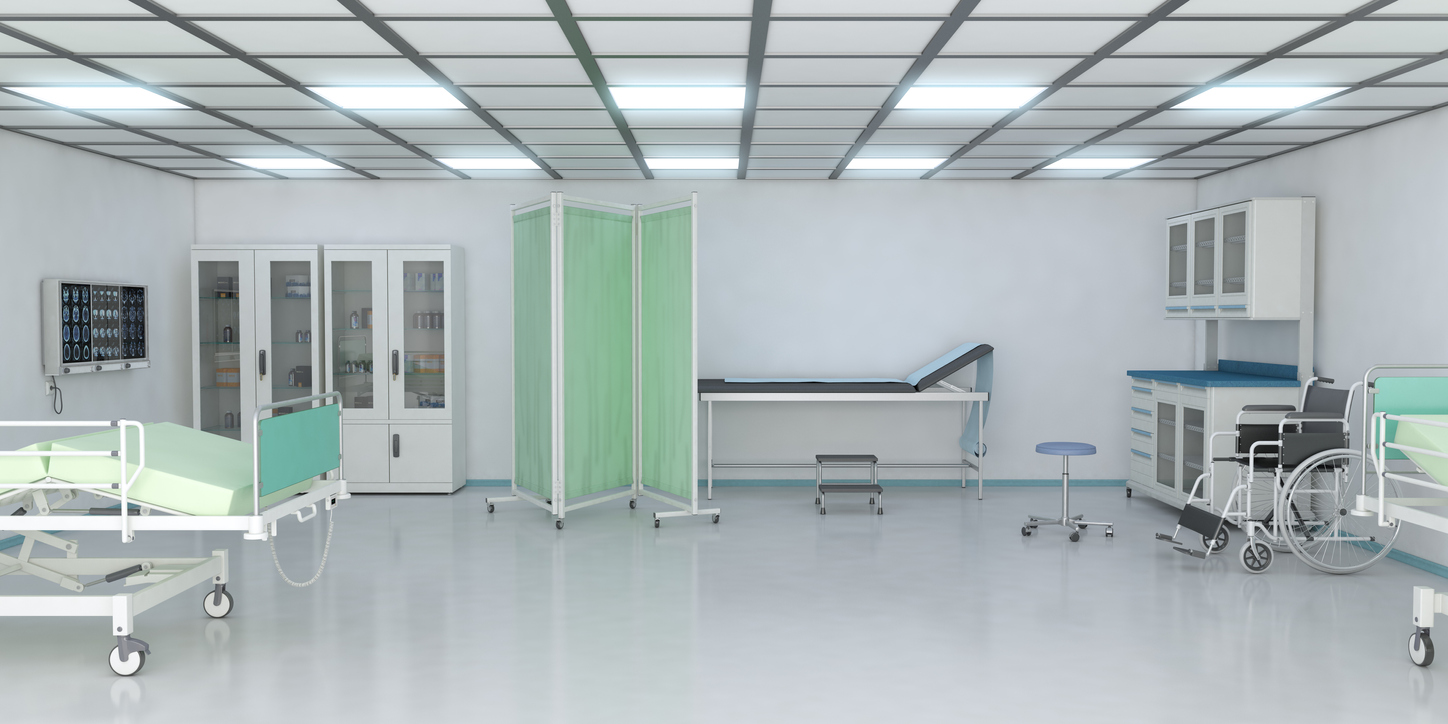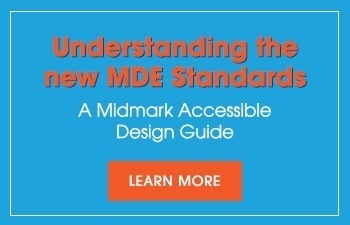On January 9, 2017, the United States Access Board issued accessibility standards for medical diagnostic equipment (MDE), addressing “equipment that requires transfer from wheelchairs and other mobility aids and includes requirements for transfer surfaces, support rails, armrests, compatibility with lift devices and other features.” These standards can have far-reaching impact on hospitals, non-acute care clinics, and any size practice. As part of our mission to the healthcare community, we at CME wanted to offer an understanding of these standards and next steps in approaching them.
The Access Board is an independent federal agency that promotes equality for people with disabilities through leadership in accessible design and the development of accessibility guidelines and standards. The Board is now a leading source of information on accessible design.
While not a regulatory agency, the Board’s guidelines and standards can be enforced by a number of federal agencies such as The Department of Justice and The Department of Health and Human Services.
What the MDE updates Mean
Because of its broad ranging scope, the Access Board divided the MDE Standards into separate technical criteria based on how the diagnostic equipment is used by the patient: (1) supine, prone, or side-lying position (M301); (2) seated position (M302); (3) while seated in a wheelchair (M303); and (4) standing position (M304). For each category, the Access Board has provided technical criteria to allow independent access to and ensure the diagnostic equipment was usable by patients with disabilities to the maximum extent possible.
The technical requirements for diagnostic equipment used by patients in the supine, prone, or side-lying position and diagnostic equipment used by patients in the seated position focus on ensuring the patient can transfer from a mobility device onto the diagnostic equipment. The other two categories, M303 and M304, focus on the necessary technical requirements to allow the patient to use the diagnostic equipment while seated in their wheeled mobility device, or while standing, respectively.
Though still just an advisory and not binding until adopted by an enforcing agency, The Access Board’s Final Standards pose a significant challenge to any facility with medical diagnostic equipment. In the Board’s own words:
While the MDE Standards are non-binding, health care providers can use this final rule as guidance on how to provide equitable access to medical diagnostic equipment for people with mobility and communication disabilities.
MDE + Midmark
Since these standards are in the emerging stage of release, most stakeholders are just beginning their search for an understanding and call to action on how to be compliant with these new standards. We recommend a guide that our friends at Midmark put together to help healthcare professionals address their exam rooms.
Midmark has spent the last 50 years working with customers in their exam rooms to improve accessibility and the experience for patients and care providers. In addition to the Midmark Planning and Designer Center, which features medical design tools and planning resources, Midmark recently developed an Accessible Design guide that addresses design complexities for patients and staff with disabilities.
In its premise, the guide states that:
Accessibility in healthcare facilities is essential to providing equal medical care to all patients regardless of disabilities or other limitations. Due to common barriers, patients with disabilities are less likely to get the routine preventative care that they need.
This has financial and medical treatment and detection implications for today’s practice that potentially carry regulatory ramifications.
The guide illustrates key factors that can impact the exam space:
- The size of the room
- Type of procedures being conducted
- Equipment used in the room
- Local jurisdictions
This is an important area to focus attention and will likely be enforceable in the near future. CME and Midmark can help you work toward being compliant with these new standards.
For more information contact your CME account manager or call CME at (800) 338-2372.
Interested in the Midmark Accessible Design Guide? Click the button below:
Read the MDE Final Standard in its entirety for a closer look.
About CME: CME Corp is the nation’s premier source for healthcare equipment, turnkey logistics, and biomedical services, representing 2 million+ products from more than 2,000 manufacturers.
With two corporate offices and 35+ service centers, our mission is to help healthcare facilities nationwide reduce the cost of the equipment they purchase, make their equipment specification, delivery, installation, and maintenance processes more efficient, and help them seamlessly launch, renovate and expand on schedule.





